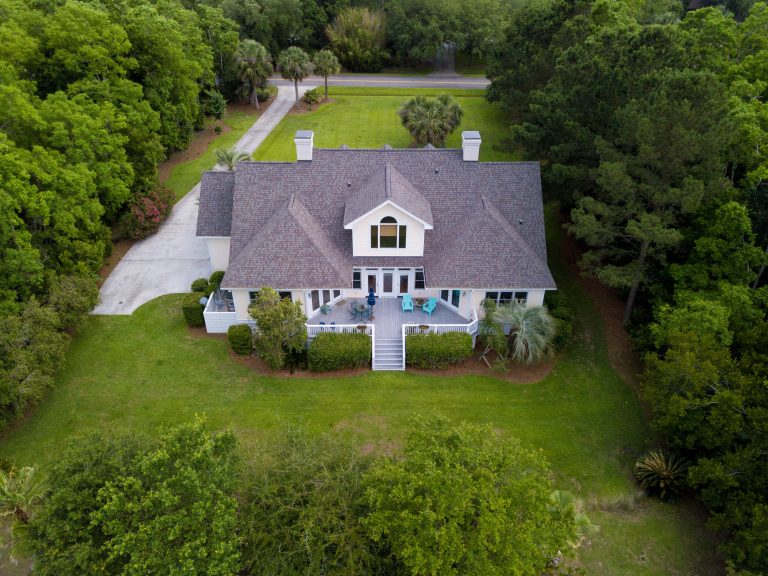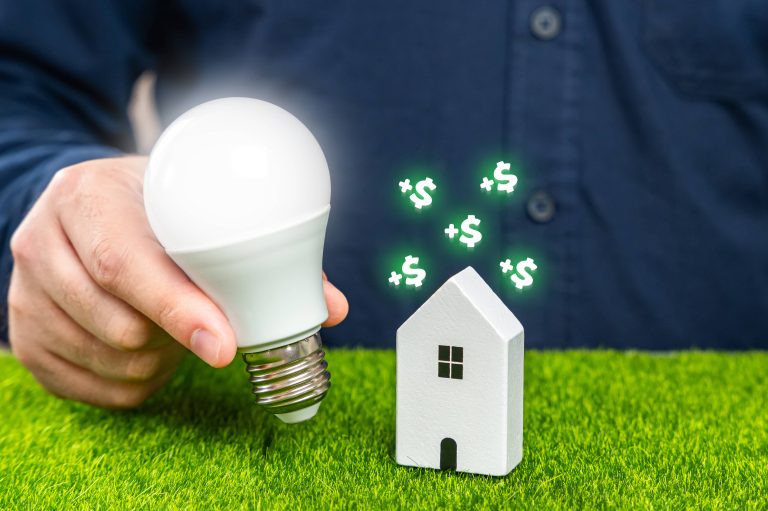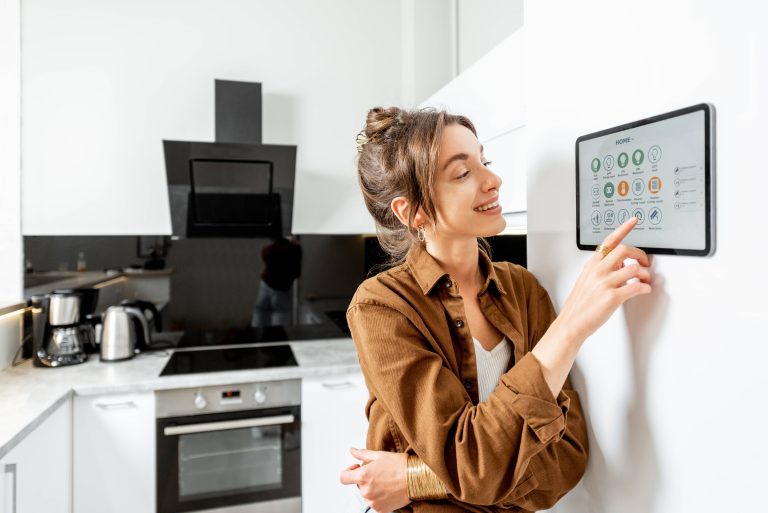
In the realm of smart homes, where cutting-edge technology intersects with modern convenience, the pursuit of sustainability has become a pivotal focus. As the world grapples with climate change and the pressing need for environmental stewardship, the concept of 100% sustainability within smart homes is both an intriguing and essential goal. However, this ambitious objective is fraught with complexities that cast doubt on its feasibility.
Understanding Smart Home Sustainability
To comprehend the challenges of achieving total sustainability in smart homes, we first need to define what it entails. A sustainable smart home is one that minimizes its environmental footprint through energy efficiency, resource conservation, and the use of eco-friendly materials. Ideally, such a home would generate its own energy, produce zero waste, and harmoniously coexist with the surrounding environment.
Smart homes leverage the Internet of Things (IoT) and advanced automation to optimize energy usage, enhance comfort, and reduce waste. These intelligent systems can adjust lighting, heating, and cooling based on occupancy, weather conditions, and user preferences. Appliances communicate with one another to ensure peak efficiency, while renewable energy sources like solar panels provide clean power.
The Potential of Smart Technologies
Smart technologies offer considerable promise in the quest for sustainability. Energy management systems can monitor and control electrical consumption in real-time, reducing unnecessary usage. Smart thermostats, such as the Nest Learning Thermostat, intelligently learn user behavior to optimize heating and cooling schedules, which can result in significant energy savings. Smart lighting systems, like Philips Hue, provide adjustable lighting that caters to specific needs and reduces wasteful usage.
Renewable energy solutions integrate seamlessly with smart homes. Solar panels, for example, can be connected to a smart grid, allowing homeowners to generate and store their energy efficiently. Battery storage systems, such as Tesla’s Powerwall, can store excess energy for use during peak times or power outages, creating a more resilient and self-sufficient home.
Challenges and Barriers
Despite these advancements, achieving 100% sustainability in smart homes remains a daunting task. Several challenges and barriers hinder the realization of this ideal.
1. Cost and Accessibility: Sustainable technologies often come with high upfront costs. Solar panels, energy storage systems, and high-efficiency appliances can be prohibitively expensive for many homeowners. While prices are gradually decreasing, the initial investment required remains a significant barrier to widespread adoption. Additionally, access to these technologies is limited in certain regions, particularly in developing countries.
2. Technological Integration: Achieving seamless integration of smart technologies can be complex. Different devices and systems need to communicate and work together harmoniously to maximize efficiency. Compatibility issues between manufacturers, varying communication protocols, and software updates can pose challenges. A truly sustainable smart home necessitates a standardization of platforms and interfaces, which is still an evolving process.
3. Resource Limitations: The production and disposal of smart devices raise concerns about resource sustainability. Many smart gadgets are constructed using rare earth metals and other finite resources, the extraction and processing of which have significant environmental impacts. Furthermore, as newer technologies emerge, older devices become obsolete, leading to electronic waste. Sustainable practices must address the entire lifecycle of smart home products, from production to end-of-life disposal.
4. Behavioral Factors: Human behavior plays a crucial role in the sustainability of smart homes. Despite the implementation of advanced technologies, the way occupants use and interact with these systems significantly impacts overall efficiency. User habits and preferences, such as leaving devices on standby, neglecting maintenance, or overriding automated settings, can undermine the benefits of smart technologies. Education and behavioral change initiatives are essential to ensure users fully leverage sustainable practices.
The Path Forward
While achieving 100% sustainability in smart homes may be challenging, it is not an unattainable goal. It requires a multi-faceted approach that addresses the aforementioned barriers and leverages the potential of emerging technologies.
1. Incentives and Subsidies: Governments and utilities can play a pivotal role by offering incentives and subsidies for the adoption of sustainable technologies. Tax credits, rebates, and low-interest financing options can make these investments more affordable and appealing to homeowners. By reducing the financial burden, more individuals can embrace sustainability in their smart homes.
2. Innovation and Research: Continued innovation and research are paramount. Investments in research and development can lead to more efficient and cost-effective solutions. Advancements in materials science, energy storage, and smart grid technologies will drive the evolution of sustainable smart homes. Collaboration between industry, academia, and government is crucial to accelerate progress.
3. Education and Awareness: Informing and educating homeowners about the benefits and best practices of sustainable living is essential. Public awareness campaigns, workshops, and digital platforms can provide valuable information on optimizing smart home technologies and embracing eco-friendly habits. Empowering individuals with knowledge fosters a culture of sustainability.
4. Circular Economy Principles: Embracing circular economy principles can mitigate the resource constraints associated with smart devices. Designing products for durability, recyclability, and reusability prolongs their lifecycle and minimizes waste. Establishing robust recycling and take-back programs ensures that electronic waste is managed responsibly.
Conclusion
While the prospect of achieving 100% sustainability in smart homes faces numerous challenges, it is a vision worth striving for. By addressing cost barriers, improving technological integration, and fostering behavioral change, we can make significant strides toward a more sustainable future. The feasibility may be in question, but with innovation, collaboration, and a commitment to environmental stewardship, sustainable smart homes can become a reality. It is a journey that requires collective effort, but the rewards—both for homeowners and the planet—are immeasurable.







